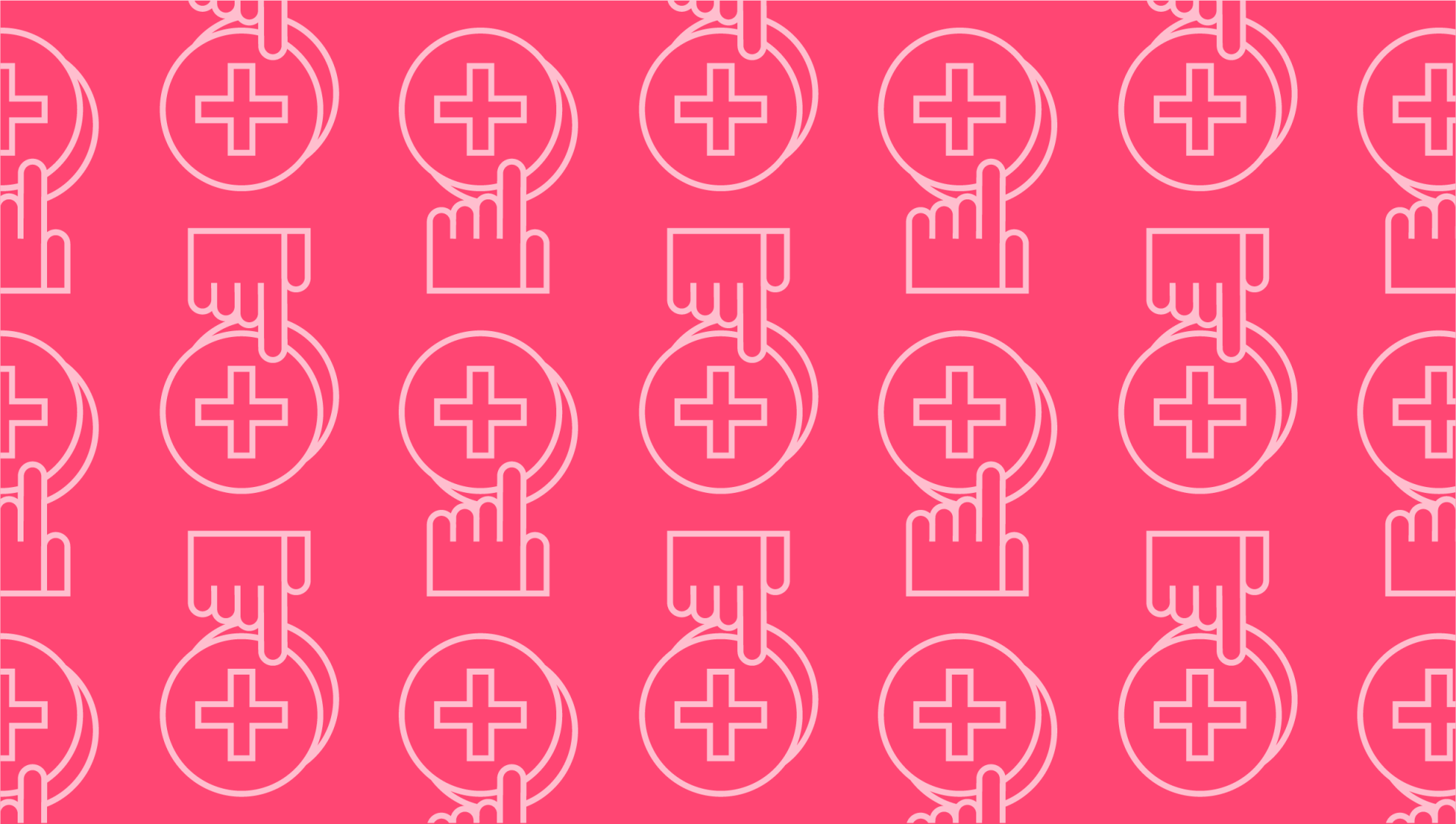
What is progress billing and how does it benefit your small business?
Last editedMar 20233 min read
There’s no one-size-fits all invoice that works for every project. Instead, it’s best to use an industry-led approach to invoicing. For example, long-term contracts with clients require a billing system that ensures a steady cash flow. Progress billing is one potential solution, frequently used in industries like construction and engineering. So, what is progress billing, and is it useful for your small business? Here’s what you need to know.
Progress billing definition
The progress billing definition involves invoicing customers at regular intervals. Invoices are sent when milestones are completed, or at specific points in a project’s timeline. Each requests payment for the work completed to date, spreading the cost of a large project out over time. At the same time, this follows invoicing best practices for a business, ensuring regular funding to complete the project on schedule. The incremental invoice payments help cover the costs of raw materials and labor. It's important that clients and businesses are on the same page with progress billings. The frequency and specific items contained in these invoices will be set out according to an initial contract.
What does a progress billing invoice look like?
You’ll find many of the same details on a progress billing invoice that you would see with any other invoice. This includes things like the customer’s contact details and a per-line breakdown of products and services provided.
Additional details might include:
The total contract amount for the full project
The percentage of the project completed
The remaining balance owed at the project’s completion
Approved changes and any adjustments
Progress billings will include a schedule of values, which shows the different values (or costs) for each task associated with the project. This helps both client and contractor compare costs between the initial estimate and completed task.
Another element of progress billings is the “retainage” or retention amount. This is a percentage of the total withheld by the owner until the project’s completed. It’s held in reserve to ensure that the contractor delivers all that was promised.
It’s helpful for businesses to use progress billing software to track and adjust all these various features as needed.
What are the benefits of progress billings?
Progress billing is useful in numerous situations, with plenty of benefits for small businesses. Here are just a few advantages to consider:
1. Steady cash flow for your business
It gives your business access to a steady stream of funding that you might not otherwise have access to. For cash-strapped small businesses or independent contractors, submitting invoices at each stage of a project’s completion means you will have the funds necessary to get to the next stage.
2. Manageable bills for your clients
Rather than charging a vast sum at the completion of a project, progress billing lets your business break down the cost into a series of smaller, more manageable amounts. These increase the likelihood that you’ll get paid.
3. It improves customer relationships
Progress billing requires regular check-ins with your clients. You’ll ensure that both parties are happy as each milestone is completed, with room to adjust your services as needed. This prevents any unpleasant surprises or disagreement once you’ve already completed the full project.
4. It’s adaptable to multiple industries
Although progress billing is standard in the construction and engineering industries, it’s applicable to many different situations. Individual freelancers can use this invoicing method for regular clients, while SaaS providers can use it for long-term development projects.
Is progress billing right for you?
Whether you’re a start-up, freelancer, or business looking to scale its services, progress billing could be advantageous. It’s a good fit when you might not have sufficient capital to pay for all project costs upfront. It’s also a good fit for any long-term projects requiring consistent check-ins from your customers. You’ll be able to improve cash flow and track expenses more accurately throughout the duration of the contract.
GoCardless offers an ideal solution, integrating with progress billing and accounting software. Collect recurring invoice payments directly from customer bank accounts using ACH direct debit. This puts your business in control over payment collection, with automated reminders sent out to eliminate any awkward conversations that could jeopardize your client relationships. Set-up is quick and easy too, freeing your time to focus on providing a better service.
We can help
GoCardless is a global payments solution that helps you automate payment collection, cutting down on the amount of financial admin your team needs to deal with. Find out how GoCardless can help you with one-off or recurring payments.
